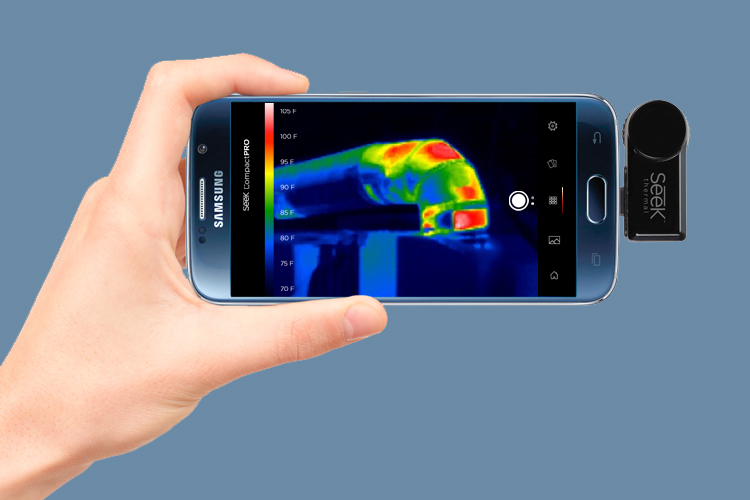New research has revealed that an software, that can be used with wearable gadgets including Google Glass – a head-mounted show in the appearance of eyeglasses – can help children with autism spectrum disorder (ASD) in social relations. A very problematic characteristic of ASD is the inability to interact socially, which also includes starting and continuing conversations with other people. See Also: Warehouse Management System
An assistant professor at the University of Toronto in Canada, Azadesh Kushki revealed that they developed a new software for a wearable system that aids children who have ASD in everyday social dealings. Kushki added that in the new study, it was confirmed that children were able to use this new technology to enjoy interaction with other people.
Young children with this ASD are frequently attracted towards different technological gadgets, and thus are cut-off from social face-to-face relations with other people. These teenagers find technological devices as a motivating tool as they help deliver intervention developed to aid them. One bad impact is that teenagers thus become socially isolated as they are only linked with a human-to-computer interaction.

Kushki further explained her technology that her developed software is not trying to replace human-to-human interactions. Instead, they promote human-to-human interactions by teaching children how to communicate with people in real life. Kushki added that the children can practice their interactive skills outside of their usual therapy sessions in the app, and it will thus provide them increased independence in real world.
The software, named Holli, was developed by Kushki and her colleagues, and can also be used with wearable technology such as the Google Glass. Holli monitors the conversations of users, and immediately prompts the user with an appropriate alternative for a reply. For instance, if the user has been greeted by another person who says ‘Welcome’, the software will provide various replies to decide from, such as ‘Hi’, ‘Hey’, ‘Good Afternoon’ etc.
Holli will immediately disappear the prompts after it recognizes the user’s response, and thus will wait for the next exchange of words in the conversation. To calculate the usefulness of the software, a small group of ASD children were aided by the use of Holli to interact with other people socially.
The study revealed that the software could conclude most conversations without any error, and that the users could also follow the prompts to improve their conversations and social interaction. Moreover, Holli was even able to comprehend what the user wanted to say ever before they finished their message, as it helped the conversation flow in a natural manner.
Kushki concluded that this study actually revealed the true usefulness of technology in aiding children who suffer with ASD. These type of systems can be used in daily lives, and can help the social interaction of children at home or at school, and also reinforce the manners learnt in therapeutic sessions.








